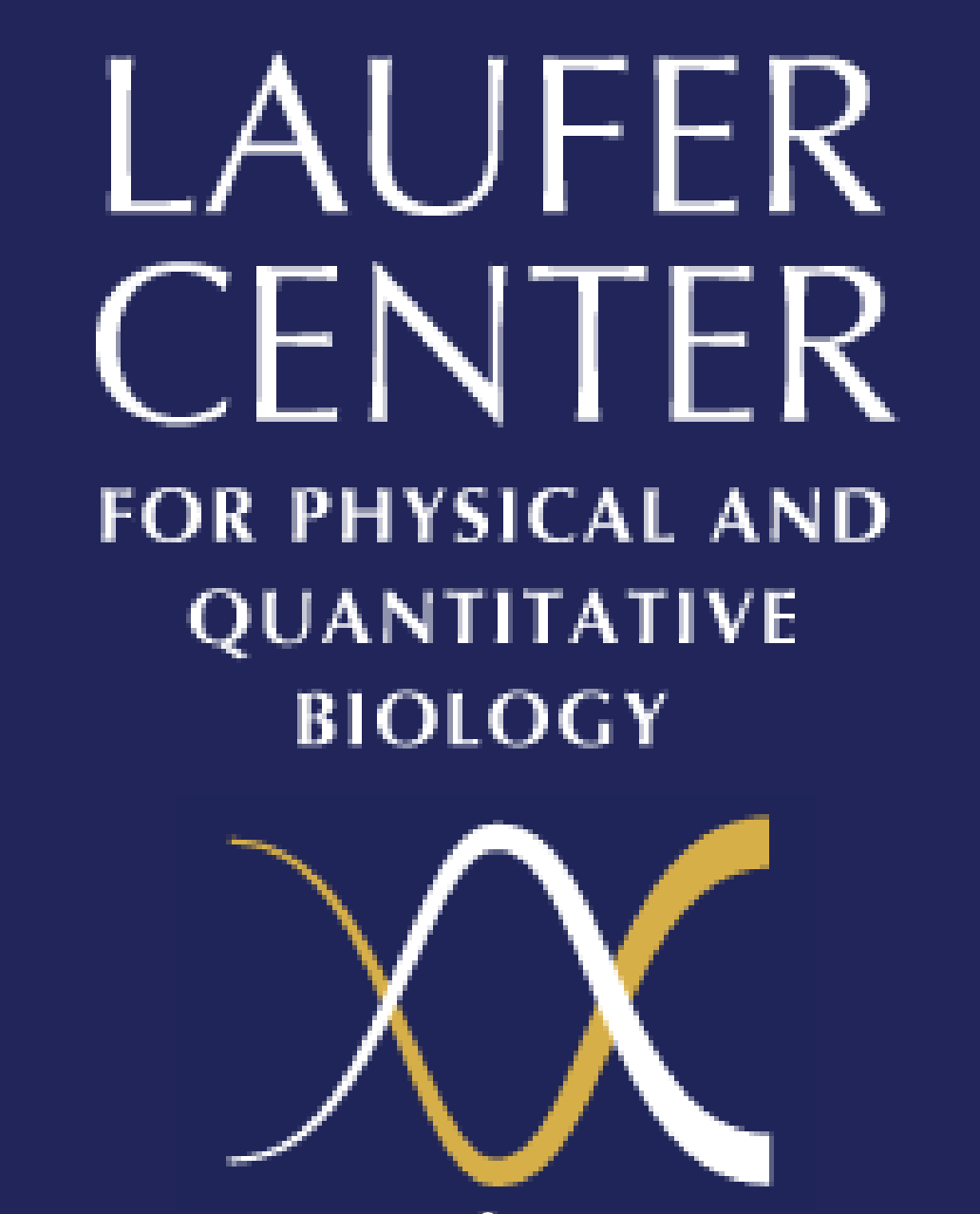Events Calendar
Robert S. Cantor
Friday, September 30, 2016, 02:30pm - 03:30pm
Hits : 3234
Contact Host: Ken Dill
Professor
Dartmouth College
Department of Chemistry
Hanover, New Hampshire
Synaptic neurotransmission, the mechanism of anesthesia, and the evolutionary origin ofthe need to sleep Activation of many membrane proteins requires a conformational transition induced by specific binding of a small molecule agonist to well-defined sites. The time dependence of the resulting protein activity is often far more complex than can be rationalized by a kinetic scheme involving only a few protein states. A mechanism is considered in which agonist can also modulate protein activity by adsorbing to the bilayer in which the protein is embedded, altering key physical properties of the bilayer, and thus distorting the protein conformational free energy landscape. The complexity of the predicted activity arises from the time-dependence of solute adsorption and desorption, which results in time-dependent rate ''constants'' of transitions between protein conformational states. This mechanism is investigated for receptors involved in synaptic neurotransmission, and shown to reproduce effects not only of the neurotransmitter, but also compounds such as anesthetics that cannot bind to neurotransmitter binding sites, but nonspecifically adsorb to the bilayer. Finally, we consider the possibility that this bilayer-mediated effect of neurotransmitters may be related to an ancient mystery: the evolutionary origin of the need to sleep.
Location Laufer Center Lecture Hall 101


